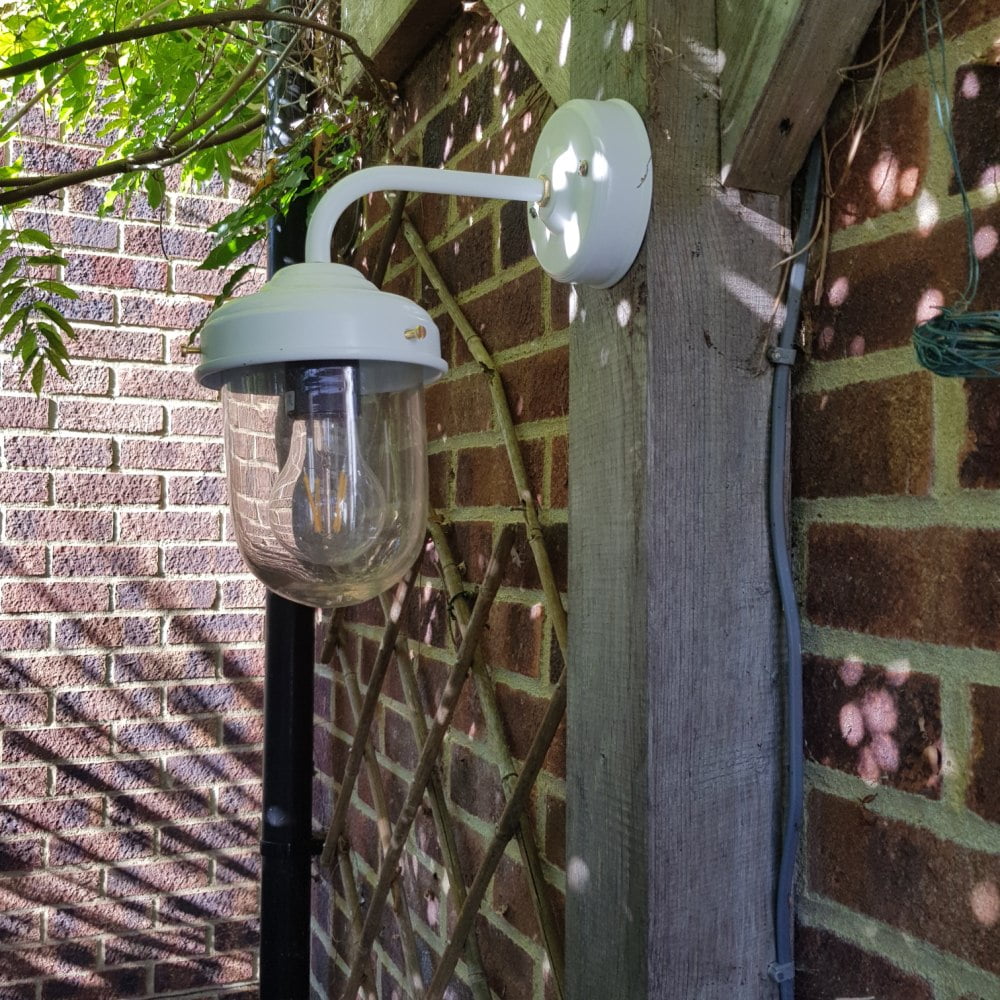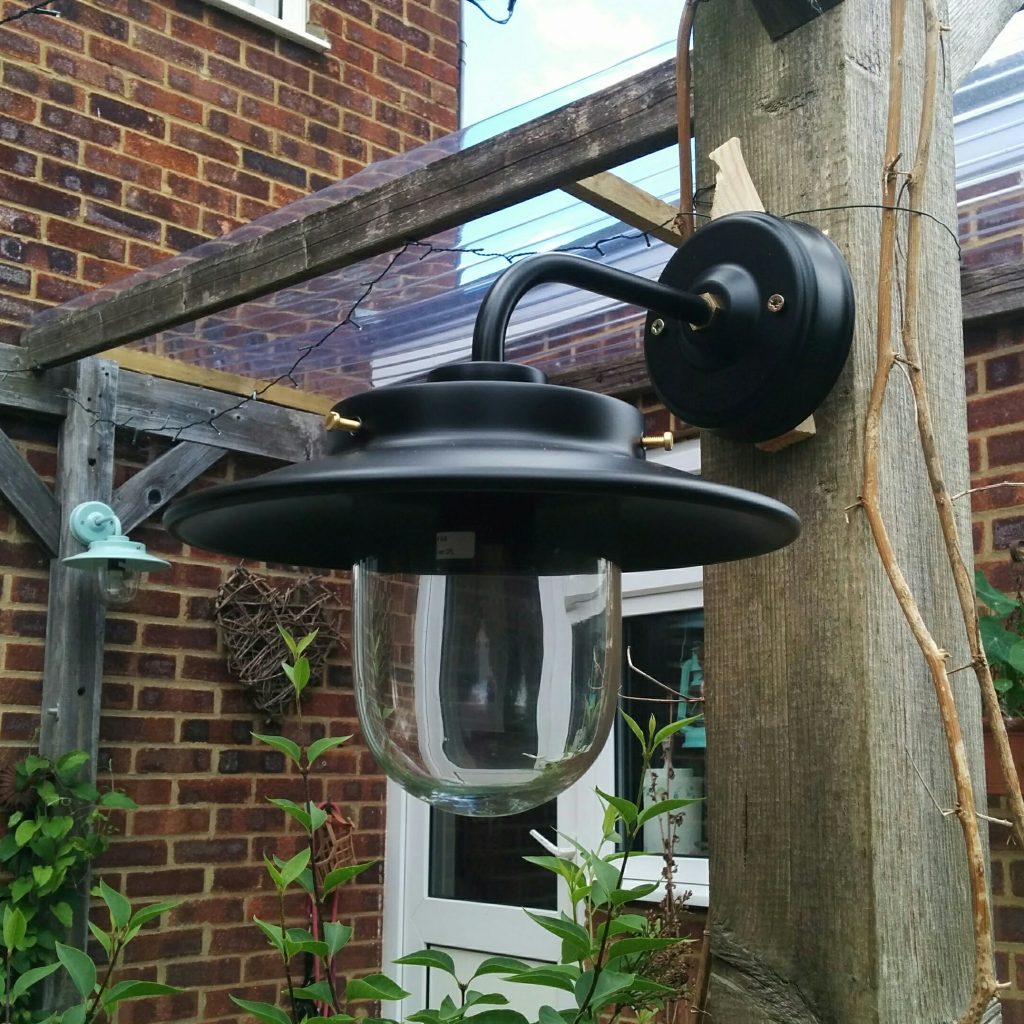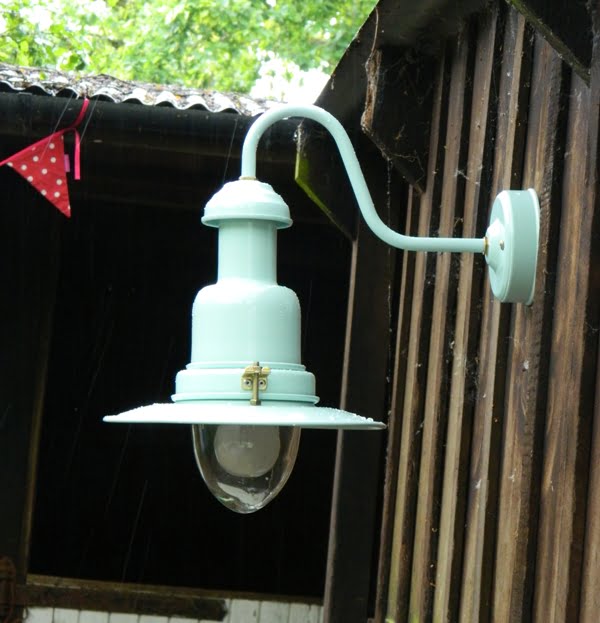Guide to: Standalone PIR Motion Sensors
Explore the benefits of Standalone PIR Motion Sensors, what are they and how to use them.
Introduction to PIR Motion Sensors
Passive Infrared (PIR) motion sensors are sophisticated devices designed to detect motion by identifying the infrared radiation emitted by objects based on their temperature. These sensors are widely used in various applications, ranging from security systems to automated lighting controls, due to their reliability and efficiency in detecting human and animal movement. The technology behind PIR sensors involves two key components: a sensor that responds to infrared energy and a filter that separates the desired signal from other stimuli.
The operation of a PIR motion sensor is based on the principle of thermography, which involves detecting heat radiation. When an object, usually warmer than the background environment, moves within the sensor’s detection zone, the emitted infrared radiation is picked up by the sensor. This change in infrared levels triggers the device, producing an output signal that can activate alarms, lights, or other systems to respond to the motion. Unlike other motion detection methods, PIR sensors do not emit any signals but passively monitor changes in infrared light levels, making them energy-efficient and discreet.
There are primarily two types of PIR sensors available: single and dual-element sensors. Single-element sensors are effective for basic applications, while dual-element sensors enhance sensitivity and reduce false alarms by requiring detection across two separate zones. Their configurations allow them to be deployed in various settings, from residential properties, where they support security and automation, to commercial environments, where they serve in lighting management and alarm systems.
Due to their versatility and effectiveness, PIR motion sensors continue to be a popular choice for enhancing lighting safety and overall security both at home and in the workplace.
Why Buy a Standalone PIR Motion Sensor
PIR lighting is a great way to add security and convenience to your home. But you don’t need to buy a light with a pre-fitted PIR unit.
Standalone Passive Infrared (PIR) motion sensors provide a range of advantages that significantly enhance lighting safety in residential and commercial settings. One of the primary benefits is energy efficiency. These sensors are designed to detect movement within a designated area and can automatically activate lighting when necessary. Consequently, lights are only illuminated when motion is detected, leading to substantial energy savings. This capability not only reduces energy waste but also lowers electricity bills, making standalone PIR sensors an environmentally friendly choice.
Why You shouldn’t buy a light with a pre-fitted PIR Sensor
Should a pre-fitted PIR fail, then the light need to be replaced, which is both a waste of money and resourses. Whereas a stand alone unit can simply and relatively cheaply be replaced. The PIR units we supply are of course guaranteed and can be fitted along with any of our lights. Below are examples of what’s available
In terms of security, standalone PIR motion sensors offer compelling advantages. By illuminating areas immediately when motion is detected, these devices enhance visibility at night, which is particularly crucial for residential properties and business premises. Improved lighting deters potential intruders, as criminals typically prefer to operate in darkness. The alertness provided by scheduled lighting activation contributes to heightened safety perceptions among occupants and passersby. As a result, the installation of standalone PIR motion sensors can serve as a proactive measure in crime prevention.
User convenience is another notable benefit of standalone PIR motion sensors. They provide a seamless lighting experience, allowing individuals to move freely without having to manually switch lights on or off. This is particularly beneficial in high-traffic areas like garages, hallways, and staircases, where manual operation can be inconvenient. The integration of these sensors into existing lighting systems enhances overall functionality while ensuring that users feel secure and comfortable in their environment. Ultimately, the use of standalone PIR motion sensors represents a practical solution for improving both the safety and efficiency of lighting systems, aligning modern technology with user-centric design.







Installation and Integration into Existing Systems
Installing standalone PIR motion sensors can significantly enhance lighting safety by providing automated control over illumination based on detected movement. The installation process is relatively straightforward, particularly when integrating these sensors with existing lighting systems. It is essential to begin by selecting optimal locations for the sensors, which should be strategically positioned to maximize their detection range. For outdoor applications, placing the sensors away from obstructions such as trees or walls will ensure they can detect movement effectively. Indoors, it is advisable to install them in areas where traffic is anticipated, such as hallways, entryways, or large rooms.
The configuration of the sensors is another crucial aspect. Most standalone PIR motion sensors are designed with user-friendly interfaces that allow for simple adjustment of sensitivity settings and duration of light activation. This customization ensures that the sensors respond appropriately to movement while minimizing unnecessary activation from pets or environmental elements. Furthermore, many models offer dual or multi-zone detection capabilities, which can expand their range and ensure complete coverage of the targeted area.
Integration with existing lighting systems is typically seamless, as standalone PIR motion sensors can often be connected to various types of lighting fixtures, including LED, fluorescent, and incandescent bulbs. It is essential to verify compatibility before installation. In terms of wiring, most standalone sensors are either battery-operated or hardwired into the electrical system. Battery-operated models offer flexibility in placement, while hardwired options tend to provide a more reliable connection.
While the installation of PIR motion sensors is generally straightforward, there are some common challenges to be aware of. For instance, adjusting the angle of the sensor to cover the desired area without being obstructed by furniture or decor is critical to achieving optimal performance. Additionally, in environments with frequent movements from pets or other sources, it may be necessary to fine-tune the sensitivity settings. By addressing these considerations, users can effectively implement standalone PIR motion sensors as a customized lighting solution for enhanced safety and convenience.
Maintaining and Troubleshooting PIR Motion Sensors
To ensure the optimal functionality of standalone PIR motion sensors, regular maintenance and troubleshooting are crucial. These devices, designed to enhance lighting safety by detecting movement, require routine checks to sustain their effectiveness over time. One of the primary maintenance tasks involves regular cleaning of the sensor lenses. Dust, debris, or insects can obstruct the sensors’ ability to detect motion accurately, leading to both false alarms and missed detections. Utilizing a soft, dry cloth to gently wipe the sensor can prevent accumulation while maintaining the necessary sensitivity.
Despite proper maintenance, users might encounter specific challenges with their motion sensors. Common issues include the sensor failing to activate, frequent false alarms, or a decrease in detection range. For the sensor not activating, ensure that the correct range settings are established and that the unit is within a proper angle of the target area. Adjusting these parameters may significantly improve the system’s responsiveness.
In cases of recurring false alarms, it is essential to review the environment surrounding the sensor. Factors such as moving foliage, pets, or even heat sources can inadvertently trigger the device. Fine-tuning the sensitivity settings or strategically relocating the sensor can rectify this issue. Regular maintenance and thoughtful troubleshooting equip users to maximize the efficacy of their standalone PIR motion sensors, thereby enhancing overall lighting safety in their environments.
All Our lights can be supplied with a PIR Motion Sensor
Buy Yours – Choice Colours and Corner or Flat


